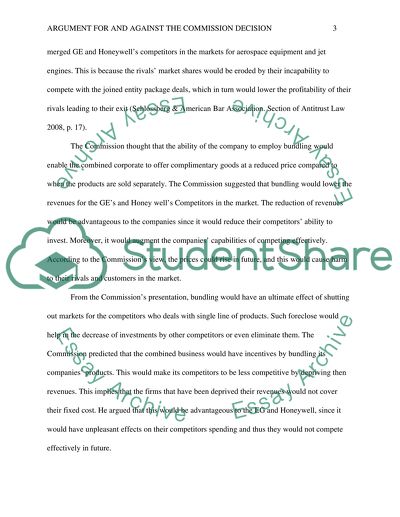Cite this document
(“GE and the Honeywell. Argument For And Against The Commission Decision Essay”, n.d.)
Retrieved from https://studentshare.org/finance-accounting/1397586-ge-and-the-honeywell-argument-for-and-against-the-commission-decision
Retrieved from https://studentshare.org/finance-accounting/1397586-ge-and-the-honeywell-argument-for-and-against-the-commission-decision
(GE and the Honeywell. Argument For And Against The Commission Decision Essay)
https://studentshare.org/finance-accounting/1397586-ge-and-the-honeywell-argument-for-and-against-the-commission-decision.
https://studentshare.org/finance-accounting/1397586-ge-and-the-honeywell-argument-for-and-against-the-commission-decision.
“GE and the Honeywell. Argument For And Against The Commission Decision Essay”, n.d. https://studentshare.org/finance-accounting/1397586-ge-and-the-honeywell-argument-for-and-against-the-commission-decision.


